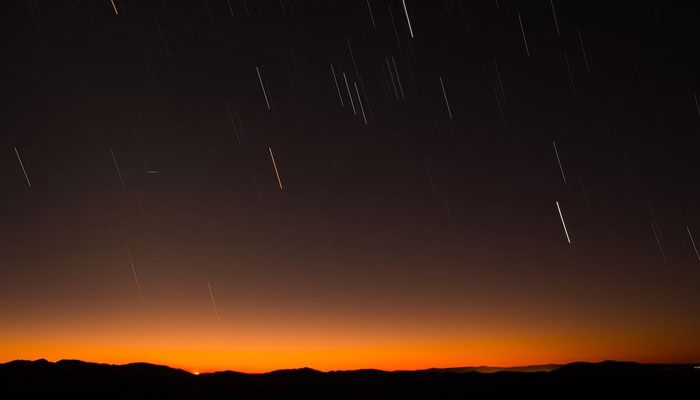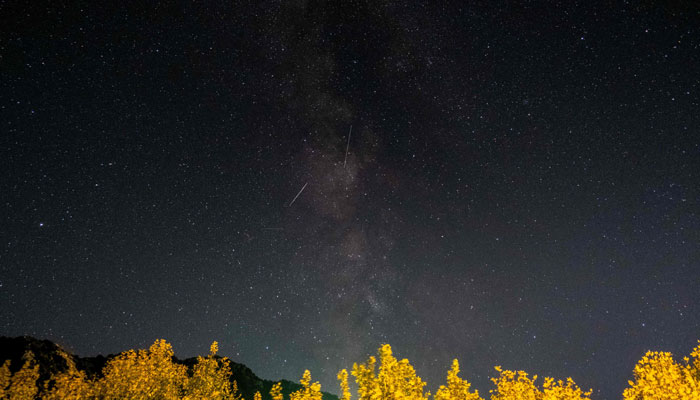Where to watch Eta Aquarids meteor shower?
Eta Aquarids usually produce only 10 to 30 meteors per hour just before dawn as seen from Northern Hemisphere
May 05, 2023

Eta Aquarids meteor shower will be visible in the sky this weekend and those people who may be present at the moment could capture a remarkable glance.
It will be appearing in the sky on May 5 and 6, concurrent with the full-flower moon. Moon could hinder the visuals of the meteor showers but the brightest shooting stars would be visible to the people.
But Nasa has predicted a significant outburst which produce more meteor showers each hour than the usual number.
American Meteor Society noted that the Eta Aquarids usually produce only 10 to 30 meteors per hour just before dawn as seen from the Northern Hemisphere.
They are most often seen as "Earthgrazers," long meteors at the horizon, said NASA.

The meteor shower of May will be more visible and active in the Southern Hemisphere, as 60 meteors per hour would be visible in the sky.
It coincides with 120 shooting stars' per hour during the peak time of the Eta Aquarids.
Nasa also noted that the shooting stars produced by the Eta Aquarids are particularly swift, hurtling at more than 146,000 mph [235,000 km/h], and they often leave persistent "trains" [incandescent bits of debris in their wakes] that last several seconds to minutes.
People expecting the showers in the Middle East, Africa, Asia, Australia, and New Zealand experience something different as a slight eclipse of the moon will occur for about four hours overnight.
There will be less moonlight in the sky due to the lunar eclipse allowing Eta Aquarids to be more visible.
Nasa website said: "The pieces of space debris that interact with our atmosphere to create the Eta Aquarids originate from comet 1P/Halley."
The Halley comet was discovered by an English Astronomer Edmund Halley in 1705.
The comet is the most famous one last seen in 1986.
According to Nasa, it will return in 2061 on its regular 76-year journey around the Sun.
To see Eta Aquarids meteor showers, a clear sky with less light pollution will be ideal.









